Pakistan, India agree to pull back troops
Both sides working towards consolidating ceasefire
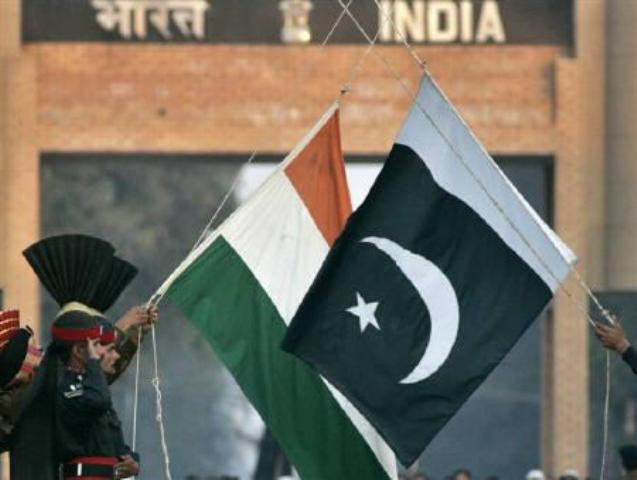
Far from verbal exchanges between Islamabad and New Delhi, Pakistan and Indian militaries were working quietly to ease tensions as they agreed on Tuesday to pull back troops from the forward positions.
The decision was taken in a latest contact between the director general military operations (DGMOs) of the two countries. There was no official word from either side about the latest development.
A senior security source confirmed to The Express Tribune that both sides agreed to consolidate the ceasefire.
As part of the understanding, the two sides agreed to withdraw troop reinforcements deployed during their recent conflict back to their peacetime positions by the end of May, a senior Pakistani security official told AFP on Tuesday.
The official said both countries agreed to a phased withdrawal of additional troops and the weaponry deployed, mostly along the heavily-militarized Line of Control (LoC).
It comes after the Indian army last week said both sides agreed to take "immediate measures to ensure troop reduction from the borders and forward areas".
"All of these steps were initially planned to be completed within 10 days, but minor issues caused delays," the Pakistani official added.
The source said both countries were moving cautiously and that was the reason they were not issuing regular statements.
The ceasefire brokered by the US was agreed upon on the evening of May 10 when both countries were on the verge of an all-out conflict.
It was for the first time since the two countries became nuclear that they exchanged missiles and drones targeting each other's military installations and bases. It all began after India on the night of 6 and 7th May lunched missile strikes, targeting what it claimed terror camps, a claim vehemently rebutted by Pakistan. Islamabad shared irrefutable evidence that those killed in strikes were innocent civilians and some of them were as young as two years old.
Pakistan while defending against the Indian strikes shot down six Indian fighter jets, including highly-advanced French-made Rafale. Three days later Pakistan pounded over two dozen military targets across the border deep inside India to send a clear message that no new normal would be tolerated.
It was at that time when the major world capitals were alarmed by the steep rise in escalation, prompting the US to intervene. The Trump administration, which initially showed reluctance, finally swung into action and managed to broker a ceasefire.
As part of the ceasefire deal, the US said Pakistan and India would start talks on a broader range of issues at a neutral venue. Pakistan welcomed the move, but India did not comment on it directly and stressed if there were any talks that would focus only on terrorism and part of Kashmir that is under Pakistan's control.
When asked, a source said while the military-level talks were making steady progress, there was no indication as yet when negotiations at the political level would start.
The sources said notwithstanding the provocative statements emanating from New Delhi, including from the Indian defense minister, claiming that Pakistan was on "probation" and "Operation Sindoor" was only paused, Indian military was conveying altogether different messages.
The sources said the Indian military was keen to maintain a ceasefire. Pakistan, meanwhile, officials emphasized, was committed to the truce. The Foreign Office spokesperson at the last weekly briefing said Pakistan always preferred diplomacy over conflict and would seek peaceful means to resolve all outstanding issues with India including the issue of Jammu and Kashmir.
Shafqat Ali Khan, nevertheless, made it clear that Pakistan's desire for peace must not be mistaken as its weakness.
Separately, in an interview with a foreign media outlet, DG ISPR Lt General Ahmed Sharif Chaudhry warned that Pakistan would give a befitting response if India tried any misadventure. He also made it clear that Pakistan would never accept Indian hegemony. (With input from AFP)




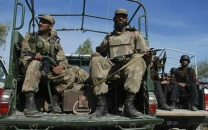

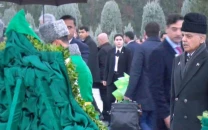


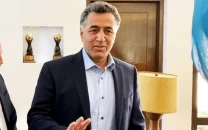
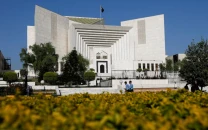








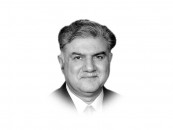
COMMENTS
Comments are moderated and generally will be posted if they are on-topic and not abusive.
For more information, please see our Comments FAQ